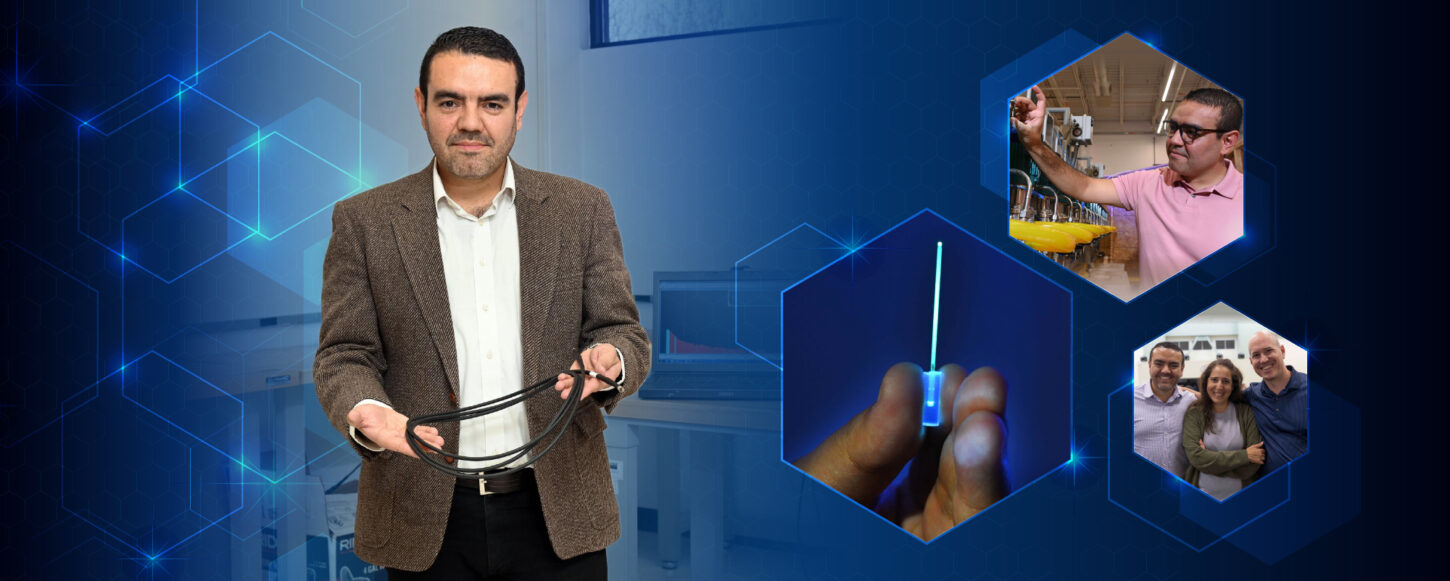A Career of Chasing Particle Beams
Thomas Jefferson National Accelerator FacilityNew 2024 APS Fellow Alex Bogacz has spent his career in accelerator physics solving problems. From studying complex particle beam dynamics in particle accelerators to designing next-generation machines, his almost four decades of work have recently been recognized by his peers by being named a Fellow of the American Physical Society in October 2024.


















